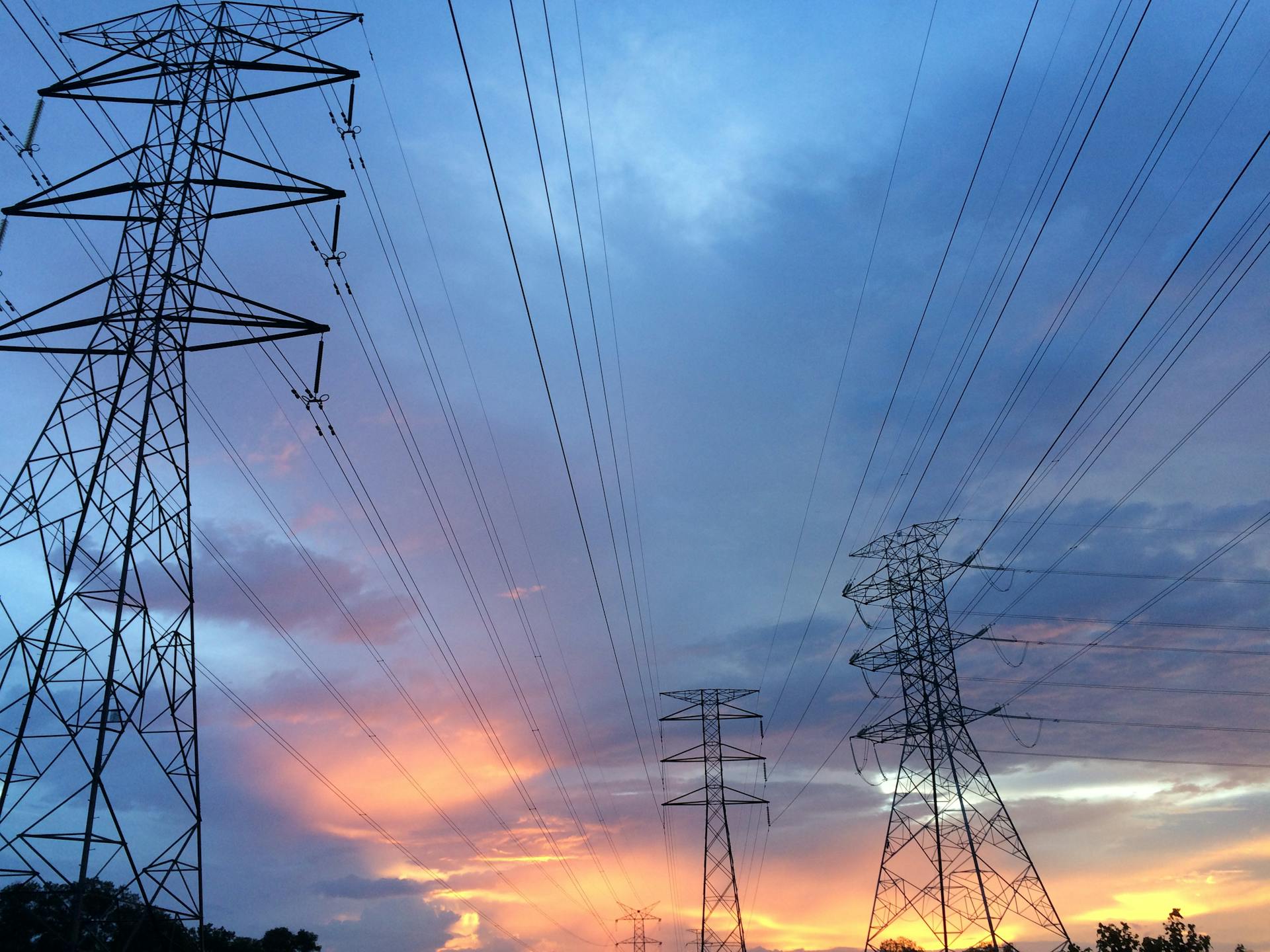The electricity market is experiencing its most significant transformation in decades, according to Andreas Poullikkas, an expert in energy systems and former chairman of the Cyprus Energy Regulatory Authority (CERA).
“Active customers are emerging as the dominant force in reducing electricity prices across Europe,” he said in a comprehensive piece of analysis released this week.
From Spain to Germany, and from Finland to Portugal, Poullikkas mentioned, the growing participation of consumers in renewable energy generation is revolutionising the way electricity prices are set.
“These active customers are not simply purchasing electricity,” he said. “They produce, store, and manage their energy, transforming from passive consumers into active participants in the market.”
He explains that through photovoltaic systems, small wind turbines, storage systems, and smart applications, consumers are becoming what are known as “prosumers” – producers and consumers.
“This shift from traditional consumers to prosumers is the main driver behind falling electricity prices,” Poullikkas said.
According to Poullikkas, the power of active customers to influence prices is due to the “merit order effect.”
“In modern electricity markets, power plants are ranked by operating cost, with the cheapest dispatched first,” he explained.
“Renewable energy produced by active customers has almost zero marginal cost, because it requires no fuel or extensive labour,” he added.
“This means that solar and wind energy move to the top of the dispatch order, displacing more expensive plants that use natural gas, coal, or other fuels,” Poullikkas said.
Poullikkas highlights the economic impact with examples from different markets.
“In the United States, the growth of wind and solar energy reduced average wholesale prices by less than 1.3 dollars per megawatt hour, or 0.13 cents per kilowatt,” he said.
“California is an exception, where the expansion of solar energy lowered prices by 2.2 dollars per megawatt hour, or 0.22 cents per kilowatt,” Poullikkas pointed out.
“This may foreshadow greater impacts as solar penetration increases in other regions,” he added.
He emphasises that active customers’ influence is not limited to reducing average prices.
“They also radically alter pricing patterns by location, time of day, and season,” Poullikkas said.
“Photovoltaic systems generate mainly during midday, significantly lowering prices at these hours,” he explained.
“Wind systems, in contrast, may produce more energy at night, affecting off-peak tariffs,” he added.
Poullikkas acknowledges that despite the success of active customers, there are technical and regulatory challenges.
“The variability of renewable generation creates new complexities for grid management,” he said.
“When active customers produce more energy than they consume, reverse power flows can materially affect voltage levels and distribution infrastructure,” Poullikkas warned.
“These reverse flows require significant investment in computing and monitoring systems to ensure stability and safety of the electricity system,” he said.
He added that extreme fluctuations in solar and wind generation also create technical challenges that demand predictive capabilities and dynamic control systems.
Poullikkas stresses that these challenges are being addressed through a robust regulatory framework.
“The EU Renewable Energy Directive, RED IV, actively promotes energy communities and the engagement of consumers in energy decisions,” he said.
“This directive provides rights for citizens to participate in the energy transition, strengthening the position of active customers,” Poullikkas explained.
He highlighted that EU regulations on energy communities govern their operation and management.
“These regulations ensure small producers can organise collectively with legal protection,” he said.
“Such frameworks provide a stable foundation to manage technical issues and ensure the evolution toward active customers is orderly and effective,” Poullikkas added.
Poullikkas also points to technological advances enhancing active customers’ market impact.
“Energy storage systems allow active customers to store surplus energy during low-demand hours and use it when prices are higher,” he explained.
“This creates a natural balancing mechanism that reduces extreme price fluctuations and dynamically manages reverse power flows,” he said.
“Smart management systems allow active customers to respond in real time to market signals, maximising the economic value of their energy while supporting grid stability,” Poullikkas added.
He stresses the role of collective action through energy communities and shared consumption programmes.
“When many small producers coordinate production and consumption, they create a collective volume that can significantly influence the local market,” he said.
“This is especially evident in areas with high densities of photovoltaic systems, where coordinated midday production can substantially reduce local prices,” Poullikkas stated.
Looking ahead, Poullikkas predicts the revolution of active customers will intensify.
“The cost of clean energy technologies such as wind, solar, and battery storage is projected to fall by 2-11 per cent in 2026,” he said.
“Over the long term, these costs could decline by 22-49 per cent by 2035,” Poullikkas added.
“This continuous cost reduction will make renewable energy systems more accessible to consumers, accelerating their transition to active customers,” he said.
Poullikkas describes the broader market shift underpinning this transformation.
“We are moving from a system where prices were set by a few large producers to a decentralised model where millions of small producer-consumers collectively shape the market,” he said.
He highlights the EU internal electricity market as a key factor.
“With free movement of electricity, common operational standards, and strengthened interconnections between national systems, active customers are critical participants in the European energy transition,” Poullikkas explained.
“They leverage competition, opportunities to sell surplus energy, and cross-border trading, contributing to lower prices and increased supply security,” he said.
Poullikkas concludes that this change redefines the relationship between consumers and suppliers.
“It is creating a more democratic and participatory energy system where every consumer can be part of the solution for cleaner and cheaper energy,” he said.







Click here to change your cookie preferences